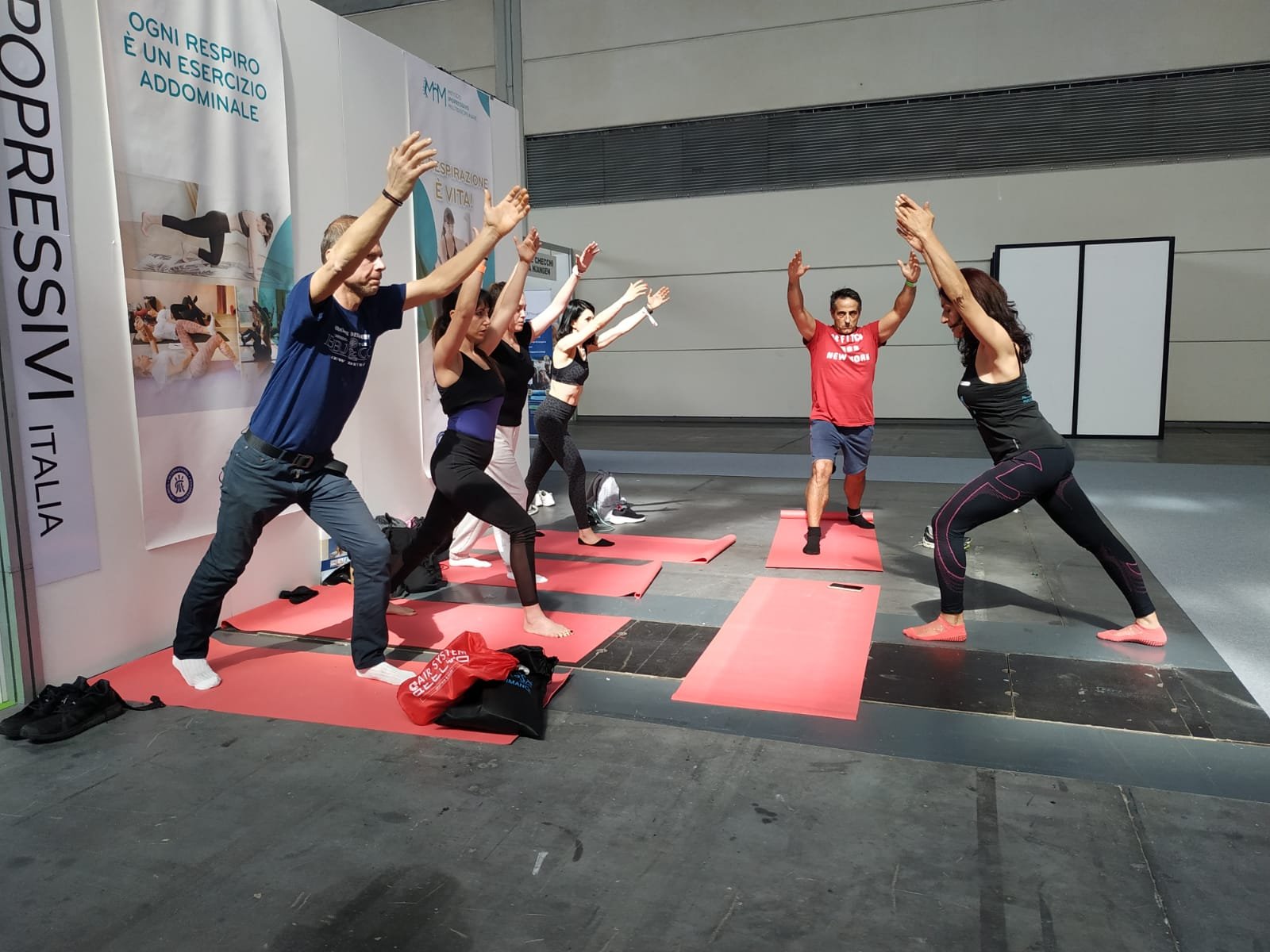Unlocking Resilience: The Therapeutic Power of Hypopressives for Psoas Health
Photo by Kinga Howard on Unsplash
In the fast pace of modern life, our nervous system plays an incredible role in balancing the demands of daily stress and maintaining a healthy feedback loop between its sympathetic (fight or flight), parasympathetic (rest and digest), and enteric branches. When this balance is intact, challenges are met, traumas integrated, and the body remains resilient, ready to self-regulate. However, when stress overwhelms us and inner reserves dwindle, this balance falters. The autonomic nervous system (ANS) loses its self-regulating ability, and the hypothalamic-pituitary-adrenal (HPA) axis becomes hyperactive—a state often mirrored in the fibers of the psoas muscle.
The Psoas: A Mirror of the Fear Response
The psoas, often referred to as the "muscle of the soul," is deeply responsive to the sympathetic nervous system. Its fibers contract in preparation for action—be it running, fighting, or curling into a protective fetal position during perceived threats. This evolutionary design is linked to developmental reflexes, such as the Moro reflex in infancy, which prepares us to respond to danger. We lose the spontaneous primitive reflex to some degree as we mature, but it is still embedded in our adult responses.
But in modern life, where threats are often subliminal and constant (think deadlines, social pressure, or prolonged sitting), the psoas may stay locked in a state of chronic contraction. Without the release of physical action like our caveman ancestors had to discharge this tension, the muscle fibers experience stasis, contributing to inflammation, spasm, and ultimately weakening. This sends a subliminal alarm to the central nervous system (CNS), perpetuating a feedback loop of stress and fear.
The Hidden Impact of Chronic Stress on the Psoas
Chronic psoas tension affects far more than just the lumbar spine or pelvis:
Postural Imbalance: A tight psoas can tilt the pelvis forward, pulling the lumbar spine into hyperlordosis.
Breath Restriction: Its relationship with the diaphragm means a locked psoas impedes deep, restorative breathing.
Emotional Resonance: The psoas is richly connected to the limbic system, housing neuropeptides often labeled as the "molecules of emotion." Chronic contraction is not only physical but also emotional, linked to feelings of fear, anxiety, and lack of support.
Pelvic floor dysfunction: The psoas is deeply connected to the pelvic floor and pelvis as a whole transversing through and connecting with the iliacus and the notch of the lesser tronchator of the inner thigh or at the top of the femur.
Hypopressives: A Low-Pressure Remedy for a Stressed System
Hypopressives, a transformative approach combining breathwork, postural alignment, and low intra-abdominal pressure. Rooted in enhancing core function, hypopressives address the deeper causes of psoas dysfunction by:
Encouraging a parasympathetic shift, which calms the overactive stress response.
Promoting a neutral pelvis and spinal alignment, which releases tension in the psoas.
Facilitating deep diaphragmatic engagement, creaing relaxation and resetting nervous system patterns.
How Hypopressives Restore Balance
Releasing Psoas Tension:
Hypopressives use controlled exhalation to activate the diaphragm and transverse abdominis. This softens the grip of the psoas and mobilises the lumbar-pelvic region, releasing chronic tension.
Improving Core Integration:
By engaging the deep core (diaphragm, pelvic floor, and transverse abdominis), hypopressives create a balanced foundation. This allows the psoas to return to one of its natural roles as a dynamic stabiliser.
Calming the Nervous System:
The rhythmic breathing patterns of hypopressives soothe the HPA axis, reducing the constant sympathetic "on" switch. This resets the feedback loop, allowing the body to enter a restorative state.
Supporting Emotional Resilience:
As the psoas relaxes, its grip on emotional stressors loosens. This creates space for emotional integration and greater somatic awareness, nurturing a sense of groundedness and support.
Practical Applications
To incorporate hypopressives into your routine or practice:
Begin with Breath Awareness:
Practice 360 lateral costal diaphragmatic breathing, feeling the ribs expand and the abdominals moving like a corset in harmony with the ribs and the thoracic diaphragm. This primes the system for deeper hypopressive engagement.
Add Postural Exercises:
Use seated or supine postures to train the deep core while maintaining a neutral spine and pelvis.
Progress to Dynamic Movements:
Combine dynamic hypopressives like Freya and Persephone to release the psoas further.
Embrace Mind-Body Connection:
Use the breath to bridge physical and emotional realms, allowing the body to release layers of tension stored in the psoas.
Holistic Healing for the "Anxious Quiver of Being"
In many ways, the psoas reflects the "anxious quiver of being" at the heart of our human experience. Chronic dysfunction often stems from a perceived lack of safety in life. Hypopressives, combined with deep listening and therapeutic presence, provide a path to restore not just the health of the psoas but balance in the entire autonomic nervous system.
By embracing this holistic perspective, we move beyond the muscle itself and into the interconnected matrix of body and mind. This is the essence of true healing—where the psoas becomes not just a muscle but a gateway to balance, self-regulation, and renewal.

